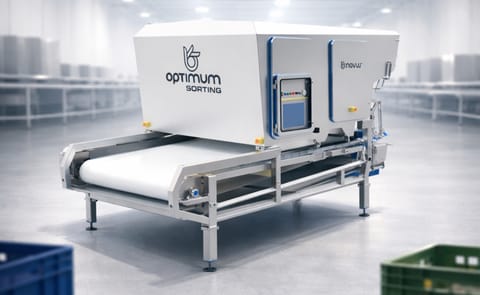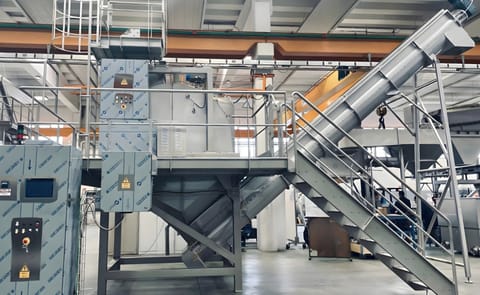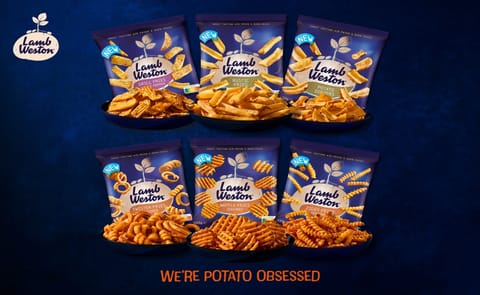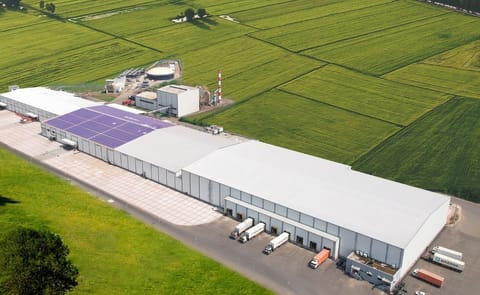Key Technology
Solapas principales
Key Technology Introduces Enhanced Vision Capability for Tegra Sorters

Key Technology introduces an enhanced vision capability for its popular Tegra® in-air color sorters. Featuring twice the number of cameras as other Tegra sorters with the same width, the new Tegra 7755E achieves unprecedented line-of-sight for better all-around viewing with virtually no hidden areas. Designed for customers looking to improve product quality and food safety, this sorter’s full-object view increases detection and removal of foreign material (FM) and defects, with the greatest gains in small defect removal.
“Previously, half-wide Tegra sorters with a 30-inch (750-mm) wide platform featured two cameras – one top and one bottom. Now, we’ve designed a half-wide Tegra sorter with four cameras. Each camera scans the full width of the belt so the entire product zone is viewed from four sides, offering unprecedented whole object processing,” noted Steve Johnson, Director of Marketing at Key. “Compared to standard Tegra sorters, this enhanced sorter removes approximately 20 percent more defects that are 1 mm and 2 mm in size, depending on the application.”

Key Technology Tegra Sorter
Food processors with installed half-wide Tegra sorters can upgrade to the enhanced 7755E in the field.
Featuring proprietary cameras and a unique metal-mesh catenary C-Belt® for positive product positioning, Tegra views product, top and bottom, while in-air to remove foreign material and defects. It combines shape and size sorting with the industry’s best color and spatial resolution, whole-object processing, intelligent ejection, unparalleled product stability, and data reporting capabilities.
As product passes through the sorter, it is launched from the C-Belt for in-air viewing by the cameras. Using Key’s proprietary image processing technology, the sorter quickly analyses the images, comparing each object to previously defined accept/reject standards. When defective product or foreign material is identified, the system activates the close-coupled high-speed ejector system, which is made up of a series of closely spaced air jets that span the width of the system. While the defective object is still air-borne, the air jets pinpoint the object to reject and remove it from the acceptable product stream.
Key’s advanced G6 electro-optical platform, which features a powerful controller, modular vision engine, and high-resolution cameras, enables Tegra to provide a quality sort for even the most complex inspection challenges. The flexible architecture and use of industry-wide connectivity standards ease future upgrades to keep Tegra up to date and performing at peak as technology advances.
For ease of operation, Tegra is equipped with KeyWare® Application Software designed specifically for each application. Defects and foreign material are categorized on the user interface in terms common to each product. KeyWare reduces the skill level required to operate at optimum performance and insures consistent performance.
Featuring a smooth unibody design with no horizontal surfaces, Tegra promotes sanitation. Reduced scatter, which results from the predictable in-air product trajectory, and a series of air management devices, which help guide product flow, also improve sanitation. Automated clean-in-place systems round out the sanitation package.









